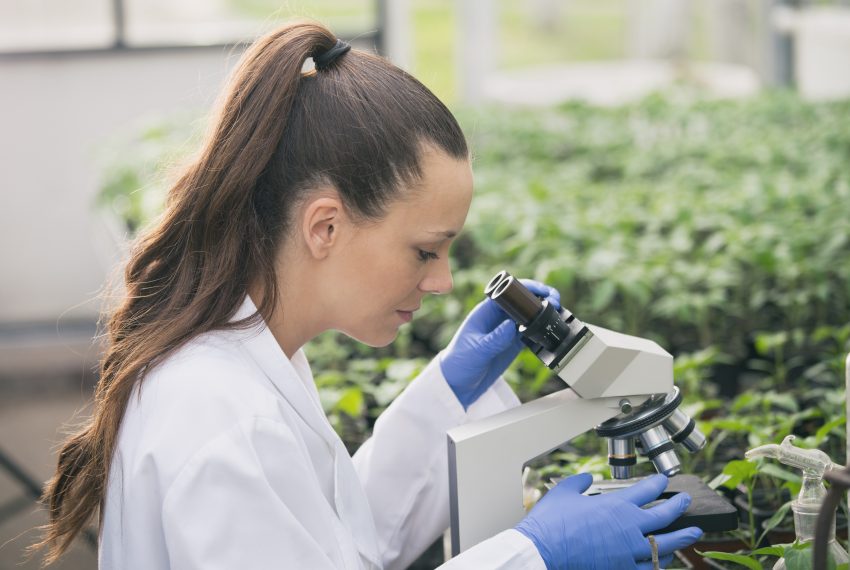Plant Tissue Analysis-T.E.A.M.


Plant Tissue Analysis-T.E.A.M.®
Balchem Plant Nutrition has developed a unique method to evaluate plant tissue analysis results. This method relies on the development of an advanced computer program called – Technical Evaluation of Albion Minerals (T.E.A.M). Balchem’s T.E.A.M. analysis evaluates how much of each nutrient is found in the tissue and compares that finding against its optimal level. The T.E.A.M. analysis also measures the relationships between the minerals. The analysis generates a report ranking the minerals based on their limitation to optimal crop production. At the bottom of the report, recommendations are listed for the foliar application of nutrients to correct for nutrient deficiencies or imbalances.
Our T.E.A.M. submission site is currently under construction. In the meantime, please send your sample request to Wendy King at [email protected]
Why Analyze Plant Tissue?
Plant tissue analysis is a helpful tool in determining the nutritional needs of plants. It directly indicates the exact amount of each mineral that the plant is removing from the soil and accumulating in the leaves. Each analysis will represent a part of the overall crop nutrition picture. Plant tissue analysis is also a very effective way to determine if a current fertility program is efficient or if there are ways to modify it to achieve an increased benefit. Visual symptoms of mineral deficiencies are oftentimes a misleading way of diagnosing the nutritional status of plants because the symptoms of different nutrient deficiencies are similar. Also, non-nutritional problems can appear very similar to deficiencies. Balchem’s plant tissue analysis T.E.A.M. process utilizes a combination of methods including critical levels method, DRIS method, and macronutrient analysis.

Plant Tissue Analysis Methods
Learn more about our different plant tissue analysis methods and become a Metalosate user today to boost your crop yields and get the very best return on your investment.
Critical Levels Method
In the past, tissue analysis was interpreted in a number of ways. One method relies on the critical levels of the minerals in the plant tissue. The critical level is defined as the point below which a nutrient deficiency will result in a 10% reduction in yield provided that all the other nutrients and growth factors are not limiting growth. Critical levels for each nutrient have been established by extensive Balchem research in greenhouses using plants grown in nutrient solutions.
DRIS Method
Another way of interpreting plant tissue analysis is to look at optimal ranges. The Diagnosis and Recommendation Integrated System (DRIS) was developed to incorporate the importance of nutrient balance into plant analysis. This system relies very heavily upon yield and plant analysis data gathered from the field over an extended period of time. Ultimately, the system is designed to indicate the appropriate ranges for all the essential nutrients that will maximize quality and yield.
Macronutrients N,P,K & S Method
In the case of the macronutrients (N, P, K & S) the foliar application should only be considered a supplement to these elements being supplied by the soil. In most cases soil applications of these elements will be required in addition to the recommended foliar sprays. When trying to determine plant nutritional needs, plant tissue analysis can provide some very important information. Being able to accurately interpret the results of a tissue test is critical to success. Balchem’s unique T.E.A.M. reporting system provides you with all of the necessary information to accurately diagnose and address specific nutritional problems.
Become a Metalosate user today to boost your crop yields and get the very best return on your investment.
Sampling Information
Each plant has a unique sampling time and sample quantity required for the T.E.A.M. analysis. Please review our sampling guidelines.
